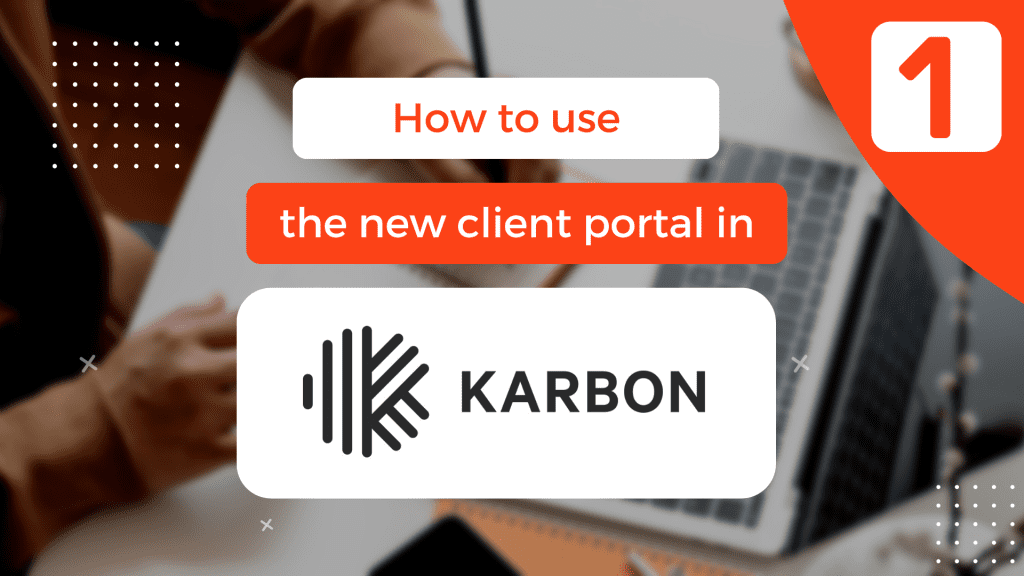
In today’s fast-paced, competitive world, achieving business success is a path fraught with many challenges. The journey to becoming a…

In today’s fast-paced, competitive world, achieving business success is a path fraught with many challenges. The journey to becoming a…

At 1 Accounts Online Ltd, we pride ourselves on being a family business that delivers first-rate financial services. Today, we’re…

Celebrating Our Journey to Becoming Xero Platinum Partners: How Your Trusted Business Advisors & Accountants in Haverhill Made it to…

It’s no secret that we love Xero! It is the accounting software that we recommend to absolutely all of our…

Welcome to the 1 Accounts client portal! This portal is an online management system that allows you to easily and safely send,…

Facing redundancy can be incredibly challenging, but it could also be the perfect time to start a brand new career…

A lot of new businesses fail. A lot of old businesses fail. A lot of previously successful businesses fail. Why?…

Here at 1 Accounts we are invested in helping your business develop and succeed. We find allocating some time each…

With the economy as unpredictable as it has been lately it is essential for small business owners to take a…

So you want to sign up to working with us and have had a successful meeting! Or maybe you’re already…